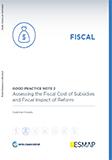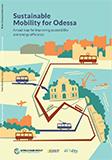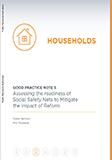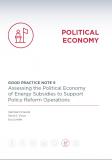Publications
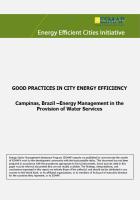
Between 2000 and 2008, the City of Campinas, in the Brazilian State of Sao Paolo, developed a successful energy management program, increasing tap water connections by 22 percent without additional energy requirements. These new connections, provided through its water and sanitation utility SANASA, primarily serve the urban poor living in peri-urban slums, or favelas. They enabled uninterrupted tap water service to reach 98 percent of the population of the city by 2008, compared to 88 percent in 2000.
In 2007, in its Capivari water treatment plant (one of SANASA’s two plants), SANASA undertook an estimated R$1.8 million energy efficiency investment in variable speed drives, achieving over 30 percent reduction in electricity consumption at the plant (1.4 GWh/year) and nearly 20 percent reduction in contracted demand. The simple payback period for this investment was less than four years, consistent with typical commercial investment thresholds.
During this same period (2003-2008), the utility carried out a much broader program – involving non-revenue water (NRW) reduction, system optimization and energy efficiency retrofits – to significantly improve their overall energy use. Based on the analysis of SANASA’s operations data between 2003 and 2008, the utility achieved an estimated 200,000 kWh of annual electricity savings (in addition to the Capivari plant investment) compared with the base year (2003), equivalent to about R$410,000/year electricity cost savings (about US$230,000/year). More than 25 percent of these savings were the result of a reduction in electricity intensity while the rest can be attributed to a reduction in NRW, enabling the utility to serve more people from the same amount of treated water. These figures are only an estimate because the detailed costs of other direct or indirect energy efficiency activities were either not documented by the utility or implemented as part of other programs.
ESMAP. 2011. Good Practices in City Energy Efficiency: Campinas, Brazil - Energy Management in the Provision of Water Services. ESMAP Energy Efficient Cities Initiative. Washington, DC: World Bank.
